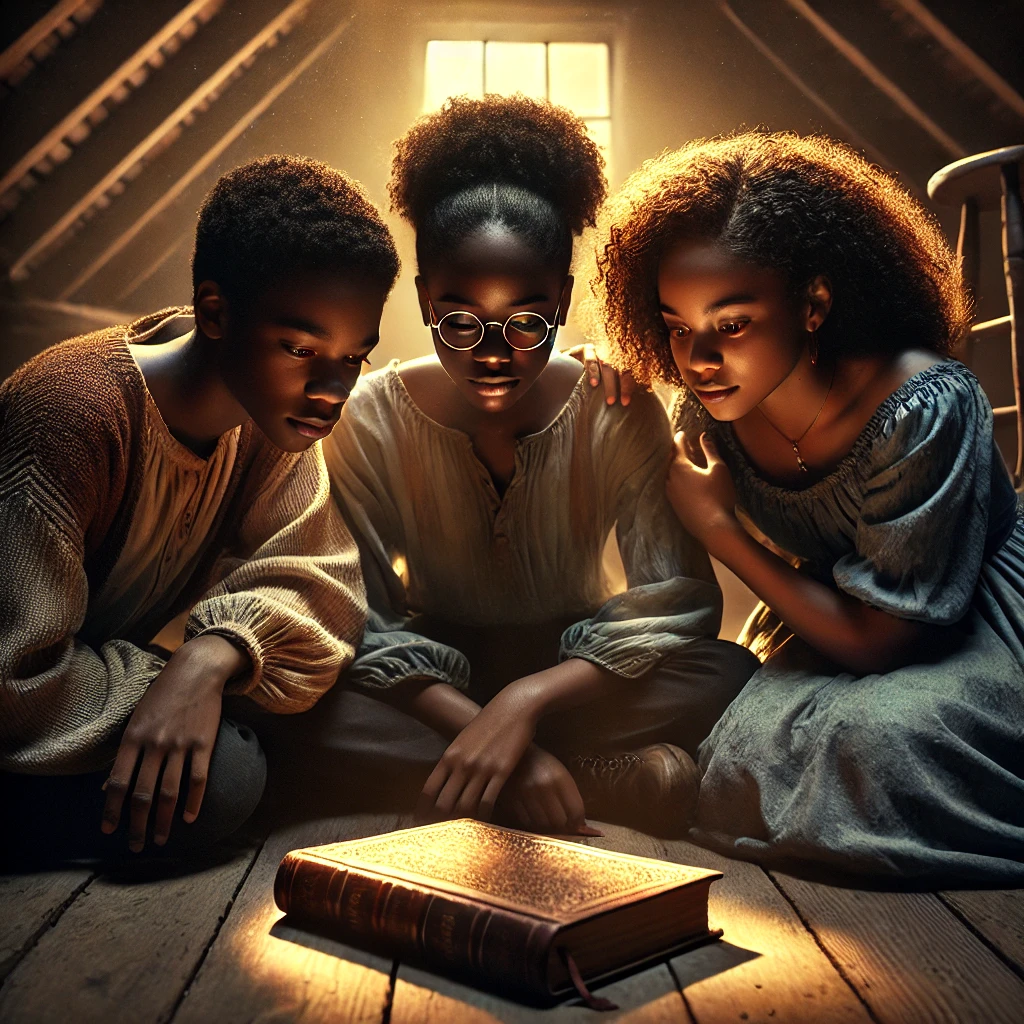🖋️ The 60 Sacred Tools for Perfecting Your Writing
A Chapter-by-Chapter Map for the Brave and the Tender
🌱 PART I: The Soul of Story (Foundations)
1. Listen Before You Write — How to hear the heartbeat of your idea before setting it to words.
2. The Seed of Desire — Understanding that every story begins with yearning.
3. Fear and Fire: Why You Must Write Anyway — Overcoming the Inner Critic with Softness and Strength.
4. Building the Writer’s Ritual — Creating sacred spaces in time and spirit to nourish the craft.
5. Write From the Wound — Why the best writing bleeds a little truth.
6. Curiosity as Compass — Staying open enough to find the story you didn’t know you were telling.
7. The Silent Partner: Imagination — Letting wonder drive your first drafts.
8. Making Peace with Imperfection — Accepting the mess and the miracle of the first draft.
9. Commitment Over Inspiration — Showing up even when the muses sleep.
10. Writing as Communion—Seeing writing as a conversation between souls, not a performance.
🌿 PART II: The Architecture of Story (Structure)
11. The Arc: A Soul’s Journey — Understanding character arcs and emotional stakes.
12. The Map of Beginning, Middle, and End — How to structure a story that breathes and burns.
13. Inciting Incident: The First Spark — How the world cracks open and the story begins.
14. The Midpoint Mirror — Crafting the moment that changes everything.
15. Climax: Heart on Fire — Writing a climax that feels like inevitability and revelation.
16. Resolution: The Quiet After the Storm — Closing the story in a way that echoes.
17. Subplots: Weaving the Hidden Rivers—Creating layers beneath the surface story.
18. The Power of Pacing — How rhythm carries your reader through tension and tenderness.
19. Planting Seeds and Paying Them Off — Setting up promises and delivering their fulfillment.
20. Echoes and Foreshadowing — Writing the future into the bones of the present.
🌸 PART III: The Breath of Characters
21. Building Characters from the Inside Out—Letting wounds, dreams, and fears shape the flesh.
22. The Gift of Contradiction — Making your characters complex and unforgettable.
23. Desire vs. Fear: The True Engine—Crafting Characters with Deep Internal Conflicts.
24. How They Speak: Voice and Dialogue — Giving every character a soul through their words.
25. The Power of Small Actions — Revealing character through behavior, not exposition.
26. The Side Characters Who Steal the Light — Building supporting casts who breathe life into the world.
27. Villains and Antagonists: Mirrors, Not Monsters — Creating meaningful, haunting opposition.
28. Dynamic Relationships: Tension, Love, and Betrayal — Writing connections that shape the story.
29. Character Arcs: Growth, Decay, Stasis — Mapping inner change with reverence.
30. Flaws as the Gateway to Love—Why imperfection is the soul’s fingerprint.
🔥 PART IV: The Art of Language
31. Word Choice: Velvet, Iron, Smoke — How diction shapes emotion and tone.
32. The Music of Syntax — Using sentence rhythm to guide the reader’s heart.
33. Description: Painting With Breath—Evoking worlds through sensory detail.
34. Dialogue: The Song of Voices — Writing conversation that feels alive, necessary, and electric.
35. Metaphor and Symbol: Speaking Beyond Words — Embedding meaning beneath meaning.
36. The Beauty of the Ordinary — Finding wonder in small, human moments.
37. Tone and Mood: The Emotional Weather—Setting the feeling that cloaks your story.
38. Show, Don’t Tell (And When to Break It)—Trusting the reader with experience, not explanation.
39. Cutting Without Bleeding — Editing with grace and precision.
40. Language as Spellwork—Writing that enchants, wounds, and heals.
🌑 PART V: The Alchemy of Emotion
41. Earning Tears, Not Forcing Them — How to move readers without manipulation.
42. Building Tension Without Losing Breath — Balancing suspense with reflection.
43. Fear, Joy, Longing: How to Write Feelings Honestly — Letting emotion arise naturally from the story.
44. Writing Grief That Rings True — Portraying sorrow with dignity and weight.
45. The Quiet Power of Hope — Weaving hope through even the darkest tales.
46. Rage, Shame, Redemption—Writing emotional extremes with authenticity.
47. Moments of Stillness — Giving the reader space to feel.
48. Risking Sentiment Without Falling Into Cliché — Writing beauty without apology.
49. Emotional Echoes—Letting a feeling begun on page 10 still haunt page 300.
50. Healing the Writer As You Heal the Character — The Secret Alchemy Between Story and Self.
🕊️ PART VI: The Spirit of Mastery
51. Revision as Rebirth—Seeing editing as a sacred second chance.
52. Finding and Honoring Your Voice—Not imitating, but becoming.
53. Learning From Silence (Writer’s Block as Blessing)—Trusting fallow seasons.
54. Writing With Compassion (For Yourself and Your Characters)—Building a craft founded on love, not shame.
55. The Long Faith: Believing in the Story Before the World Does — Holding onto the fire when no one is watching.
56. Reading Like a Writer, Loving Like a Reader—Learning endlessly from those who walked before.
57. Courage to Tell the Hard Truths — Writing what only you can write.
58. Finishing What You Begin — The quiet heroism of completion.
59. Letting Go: Trusting the Story to Find Its Reader—Releasing Control, Honoring the Journey.
60. Writing As a Sacred Act — Returning again and again to the page,
where your soul meets the world through the trembling grace of words.
🌌 Final Whisper
Writing isn’t about being perfect.
It’s about being present.
It’s about daring to tell the story only you can tell—
with tenderness, with terror, with light spilling from your open hands.
Each chapter is a doorway.
Each lesson is a breath.
Each word you write is a star stitched to the dark.
🌿
Would you like me to also create a weekly writing journey that follows this outline so you can walk it softly, soulfully, one step at a time? ✨

